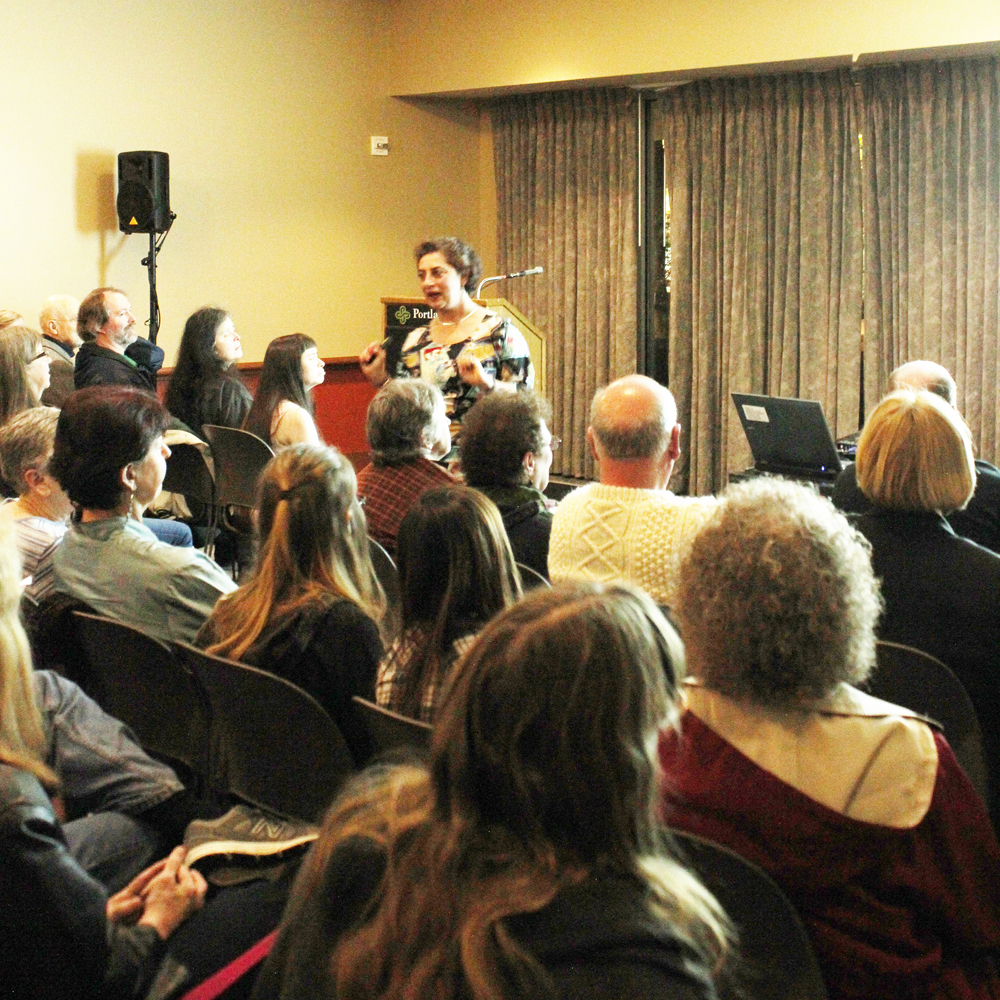My time in Paris had come to a close, and I looked toward new horizons. My journey brought me to Rome, Italy and Barcelona, Spain and highlighted how the three cultures are very different—here’s why:
Onward and upward: Rome and Barcelona
My time in Paris had come to a close, and I looked toward new horizons. My journey brought me to Rome, Italy and Barcelona, Spain and highlighted how the three cultures are very different—here’s why:
Roma
While walking the streets of Rome, the first thing you’ll notice is that the Italians are much more laid back than the Parisians. Someone once described Paris to me as such: “100-plus years ago, Paris was the cultural capital of the world, and they haven’t forgotten it.” This is something I whole-heartedly believe in.
Another thing that separates Italian and French culture is that Italians young and old care very much for their city, whereas French youths don’t seem to respect the rich cultural heritage that Paris boasts. France is covered with graffiti head to toe, where you’ll be hard pressed to find near as much in Rome—even in the side streets and alleyways.
Further evidence to this hypothesis is the Italian-only (thus far) practice of veiling entire buildings with a huge shroud that has the finished mockup of the building printed on it. Entire cathedrals and government buildings are covered with this giant drop cloth to ensure that their city never looks a hair out of place.
Whether the government’s or chamber of commerce’s doing, it lends an air of class to the city that is so far unequaled in my experience.
Italian food is something else entirely. A typical Italian meal will stuff you to the gills, as the family places offer bruschetta, which is a toasted piece of bread with any number of toppings, an appetizer, a first course, second course, dessert, then coffee. To top things off, the first course is usually pasta, whereas the second course is usually a steak-type dish.
Roman pizza is also different from what you’d expect. Rome’s pizza consists of an ultra-thin, cracker-like crust with few toppings and fresh ingredients. This differs from Napolitano pizza, which is what we primarily serve in the states.
As such, this may shock you, but don’t let it—Roman pizza is still great. The two best pizzerias I ate at were Baffetto (which means “mustache”) and Acchiappafantasmi (which means Ghostbusters. Not even kidding). On that note, both Italy and Spain are really, really into Ghostbusters, to the point where Roman souvenir shops sell Ghostbusters shirts that say “Roma” on them.
Barcelona
The first thing you’ll notice about Barcelona is that the humidity is enough to wring the breath right out of you. Although their Wikipedia page strangely says “little to no humidity,” this is simply not the case.
In fact, Barcelona is so humid, you should use this error, the greatest disparity Wikipedia ever wrought, to dissuade you from ever citing Wikipedia as a source in college. Your clothing will cling to you all day.
My lady, who has accompanied me on this journey, noted, “If there was ever a city run by 17-year-old boys, [Barcelona] is it.”
This cannot be more true. There are people with skateboards everywhere, commissioned graffiti everywhere that teeters on the edge of complete puerility and tons of women in booty shorts.
Barcelona’s souvenirs are the raunchiest by far, including shirts such as “Spanish triathlon: eating, drinking and fucking” and the Facebook parody “Facefuck.”
Barca’s monuments however, are not to be messed with. The city’s tourism industry is funded entirely by Catalonian architect Antoni Gaudí and the buildings he made back in the late 1800s.
Perhaps the most famous of Gaudí’s work are Parc Güell, a huge public park covered in mosaic and columns, and the incredibly complex and breathtaking Sagrada Família, a giant cathedral in the middle of the city that was started in 1886 and is still under construction (projected to finish in 2026). The intricacy of this building cannot be expressed in words. The front seems unfinished but the rear is truly something to behold. To be frank, it looks like H.R. Giger designed it, but Gaudí actually did a century before Giger made Sigourney Weaver pee her pants.
Barca’s food is not centered on tapas like most of Spain. The main food (and language, for that matter) in Barca is Catalan food. Catalan food is mostly tomato-based with some sausages thrown in for good measure, while tapas are willy-nilly and borrow from many other cultures (just today I saw foie gras and blood pudding on the same tapas menu). It’s an odd sort, but mostly very good.



